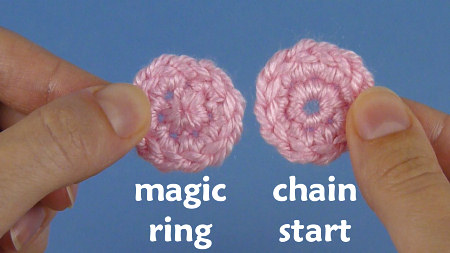
Yes, you read it right, this is a post about knitting – who’d have guessed! I’ve tried, and failed, to enjoy knitting before. I bought straight needles and hated them. I bought dpns and hated them. It always seemed like such a struggle to wrangle the yarn without a handy hook with which to grab […]






















